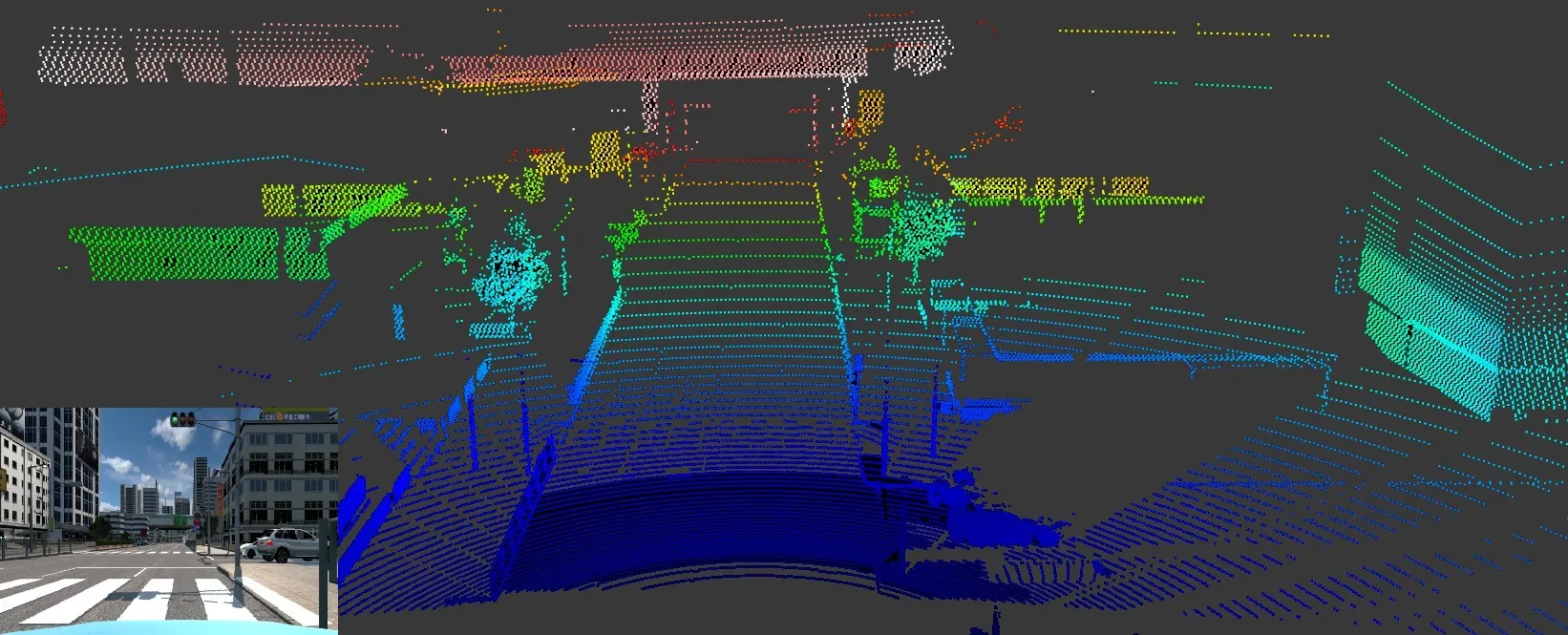Vissim can be used for the modelling of multi-modal urban or motorway networks and for testing the design and feasibility of transport infrastructure projects. It can also be used by researchers, vehicle manufacturers, transport planners, traffic engineers and public authorities to help design future transport systems, testing the impact of C/AVs on road network capacity and operational performance.
PTV says the solution includes co-simulation, allowing Jaguar engineers to link the driving behaviours from Vissim with their vehicle dynamic algorithms, comfort and human interaction design, power train assessments and the ability to replicate real-world testing scenarios in a repeatable way.
PTV is now developing interfaces for co-simulation with advanced driver assistance systems, sensor solutions, driver dynamics, powertrain testing and human behaviours.
Jaguar uses PTV microsimulation tool for C/AV concepts
Jaguar Land Rover is using PTV’s Vissim, a multi-modal microsimulation tool to simulate and test connected and automated vehicle (C/AV) concepts.
Vissim can be used for the modelling of multi-modal urban or motorway networks and for testing the design and feasibility of transport infrastructure projects. It can also be used by researchers, vehicle manufacturers, transport planners, traffic engineers and public authorities to help design future transport systems, testing the impact of C/AVs on road network
April 10, 2019
Read time: 1 min









